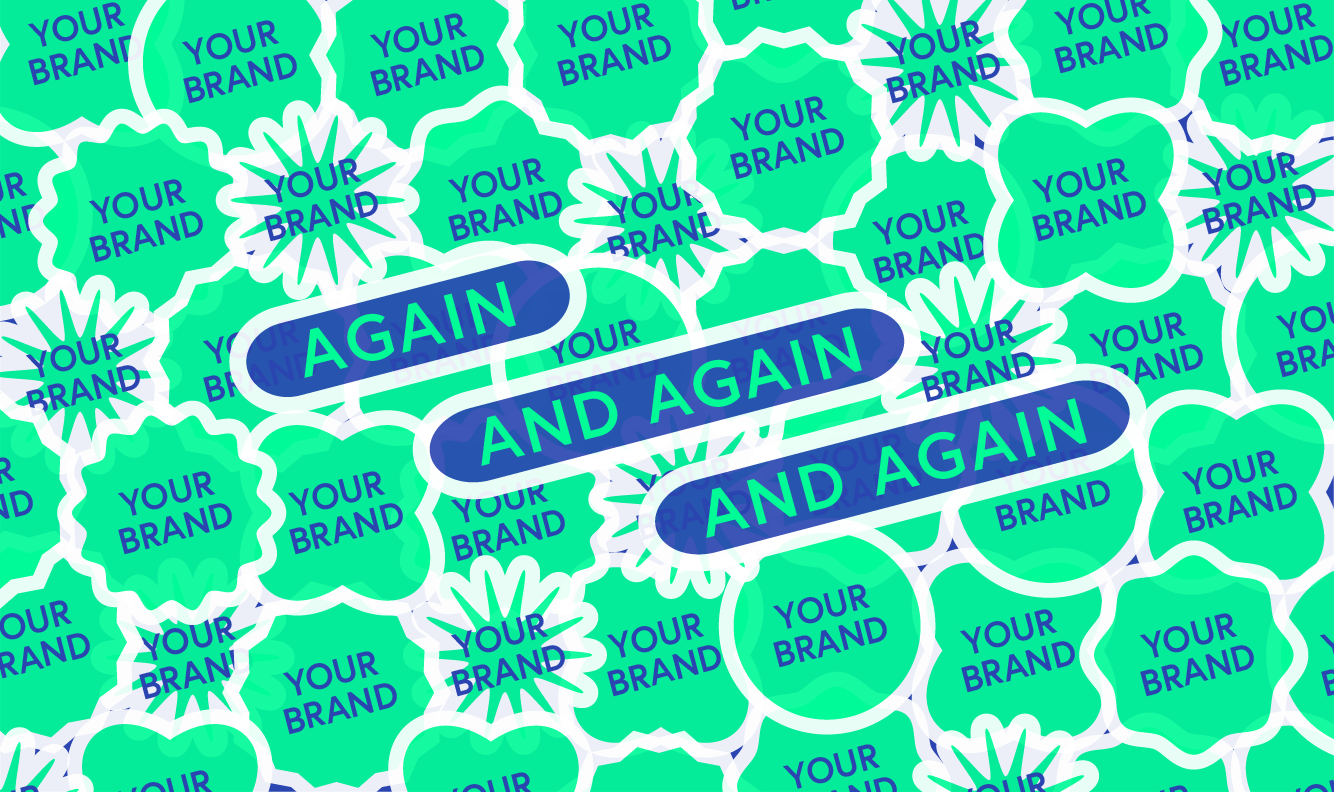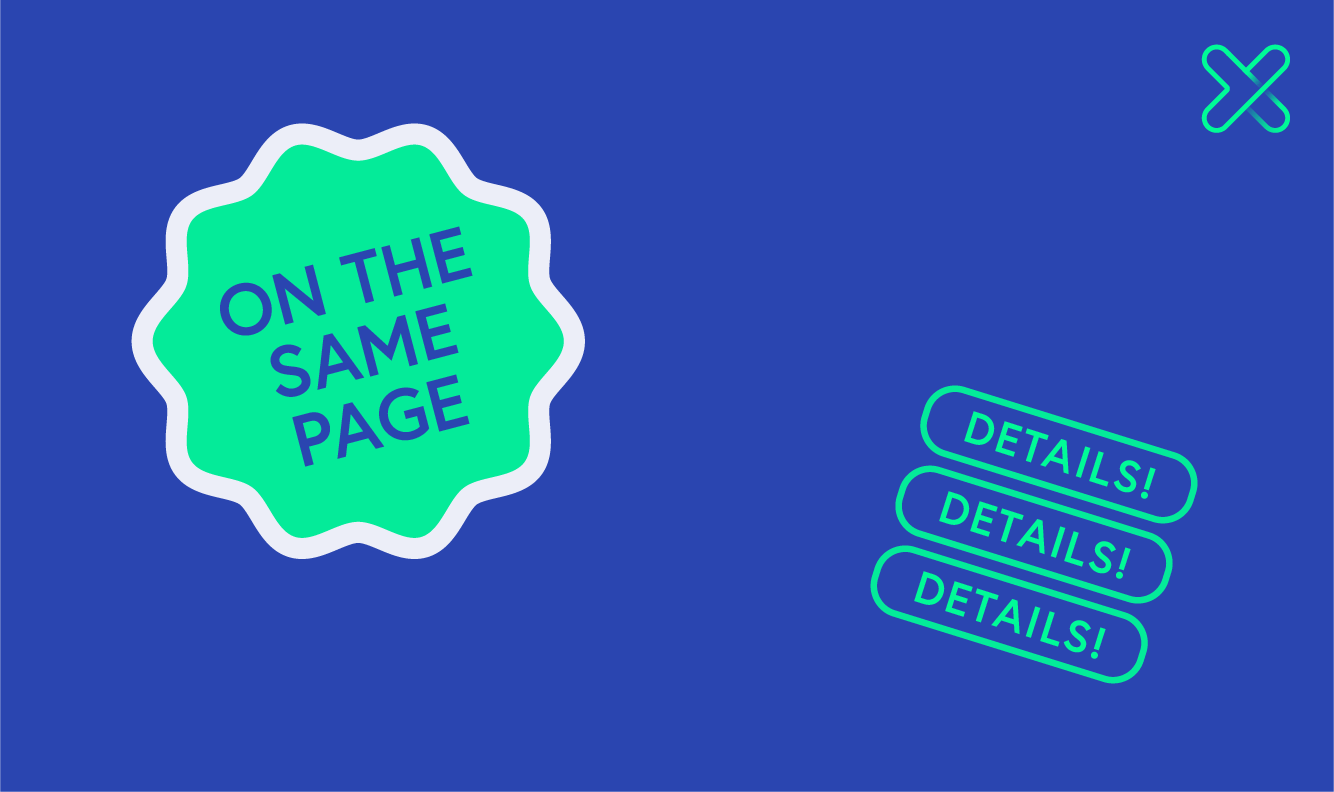More Than a Logo: The Importance of Brand Design in Marketing
Communicating your brand identity effectively.
When we think of great brands, one of the first things that typically comes to mind is their logo. With the brands we love, we become attached to these logo images, connecting our positive feelings to the designs. But just because the logo is what we think of doesn’t mean it is the only factor that’s working on us.
A logo is just one part of an overall branding strategy.
While a company’s logo and their branding go hand-in-hand, they are not synonyms, and their differences need to be understood. A brand embodies who your company is and what it represents; while logo design is one element that contributes, it can’t do all the work.
Take one of the biggest companies in the world: Nike. While their ‘swoosh’ may be the first image you think of, the icon alone communicates little. Without the emotions or tone attached to the brand, it honestly means very little, but when combined with our familiarity with the brand, we feel the perseverance, endurance and ‘just do it’ attitude Nike aims to evoke.
Brand personality and messaging is embedded through consistent messaging, design, typography, colour psychology, imagery — the list goes on. If you think you’re getting everything you need from a nice logo alone, think again.
The difference between a logo and a brand.
Let's start with some definitions.
A logo is a symbol or other small design adopted by an organisation to identify its products, uniform, vehicles, and all other aspects. It is an identity mark, something your audience can associate with your brand and the visual representation of your company. Our perception of a company logo generally comes from our personal experiences with the brand, and can be unique to each person.
Branding is a little bigger: it’s about the personality, tone of voice and consistent messages being communicated through all of your audio and visual elements, including your logo.
One of my personal favourite brands is The Ordinary — and not just because I’m really big on skincare. Their branding is well-tailored to their category and identity. Personally, I associate the brand with being clean, simple, transparent and unambiguous.
Several elements have helped me form this opinion, the first being their core messaging across their brand. They promise to be open and honest about what is in their products and not hide any nasties behind false claims or overly complicated descriptions. They reinforce this message through the simplicity of their logo and packaging: black and white, a bold san-serif typeface, clear materials that allow me to view each product for myself, and a list of ingredients on the front.
All of these contributing elements, alongside having a positive experience with several of their products myself, have allowed me to form a perception of the brand that truly embodies what it represents.
Your brand message, again and again.
So, you have a logo that is a part of a cohesive brand, encapsulates your key messages and reflects your tone of voice. How can we now use it effectively, and give it the best chance to be perceived in its intended way?
The simple answer: consistency.
Consistency is crucial. You can have a great logo, font pairing, colour selection and tone, but if the message isn't accurately represented and mimicked on each of your platforms and assets, your message gets lost and no longer translates the way you intended.
Let’s jump back to my example of The Ordinary. The coordination of every element allows me to trust this brand with my purchase, but it could easily be different if one element made me question their intentions. If their website and logo promoted honesty and transparency through simplicity, but their social media or package design was cluttered, confusing or different, I would question whether I could trust them to keep their brand promises. The reputable brand they had worked so hard to cultivate would be compromised.
Brand consistency builds trust and credibility for companies. Ensuring you are selling the same emotions across all channels allows your audience to accurately make a judgement on your brand, and ultimately decide whether you can be trusted with their loyalty.
On the same page.
Once you have your branding and logo defined, and your unique brand message crafted, it’s essential that your identity can be shared accurately. To do that, we develop a style guide, which is a book that allows creators to read your branding and translate it to any situation with the same on-brand message.
Having a style guide allows designers and creators of any kind to correctly use your branding. The fundamentals of a style guide include:
The logo: This includes any derivatives, minimum size requirements, tagline additions, and incorrect or inappropriate logo treatments to avoid.
Typography: This needs to distinguish between body copy and header fonts, and detail any specific leading or tracking sizes.
Brand colours: Be specific with the right codes and important details, as well as detailing which colours are primary and secondary in the branding.
Icons: Emphasise the style of icons that suit the brand, how they should be used, and where/when they can be deployed.
Voice and tone: How do you want your brand to describe it’s values and personality? Define the point of view, communication style and vocabulary, and who you’re speaking to.
Photography and graphic treatment: Be descriptive and use examples of appropriate visuals, and advice on what should be used and what should be avoided.
The more specific these details are, the better! You don't want to leave any room for interpretation in your guidelines, because that can lead to miscommunication in your messaging.
The finishing touch.
There is a lot of work that goes into creating a brand — it’s much deeper than just a logo. But as long as you know your key messages and what you want to represent, a good designer will be able to do the rest. Remember, nobody knows your brand as well as you do, so be as thorough as possible when describing the message you want to put into the world.
Partnering with a brand design agency can help you cover all your bases and make your brand unmissable. Brand design may not always be the most affordable process, but if you want to scale and develop a truly loyal audience, it’s definitely something you need to consider. At Media Exchange, we collaborate with you to deliver an identity your audience will love to connect with, and that you’ll be proud to own.









